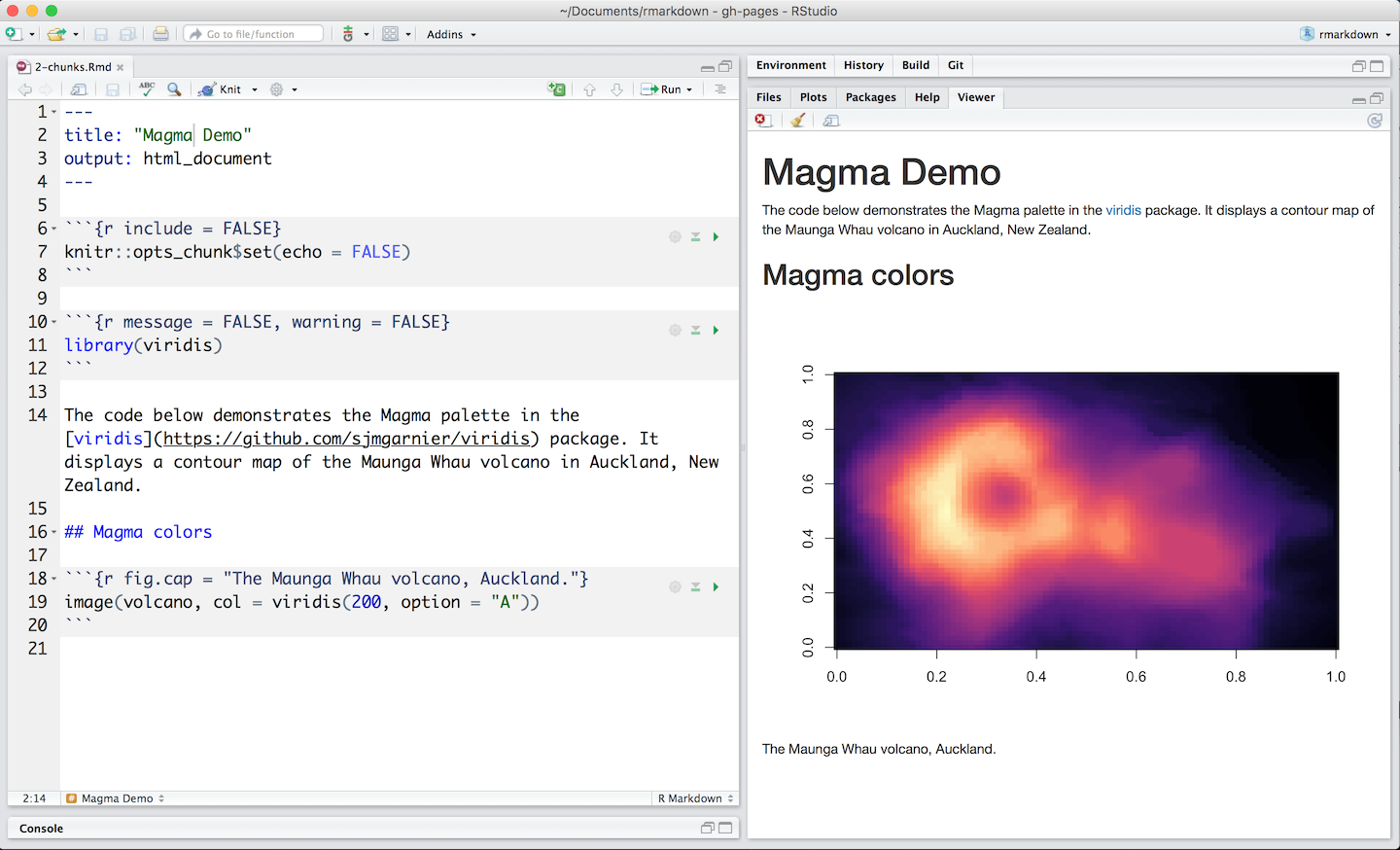One reason for the existence of declarator docs, is apparently the perceived usefulness of being able to provide external documentation for code with the code itself.
In my opinion, internal and external documentation are two very different beasts. And declarator docs make it way too easy to mix the two. Thereby either creating documentation with limited usefulness for the maintainer, or for the user. Or in the worst case for both.

See current definition and the original thoughts.
This issue is written out of frustration of trying to implement a more sensible way of dealing with declarator docs in RakuDoc v2, and trying to implement a sensible "safe" renderer.
Regardless of the implementation effort that has gone into this, and what still needs to go into, I wonder how many developers really like this feature, and what they would think if this feature would be removed by default in 6.e.